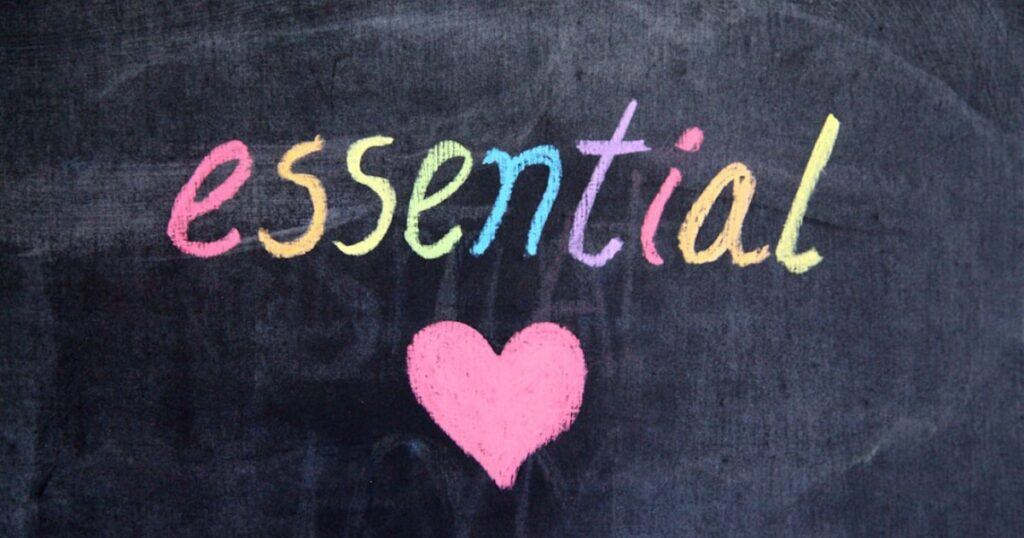Throughout my life, I’ve come to understand that communication is much more than just words. In fact, a significant portion of our interactions relies on nonverbal cues—those subtle signals we send through our body language, facial expressions, and tone of voice. Mastering the art of nonverbal communication has not only enriched my personal relationships but also enhanced my professional success. Let’s dive into the fascinating world of body language and discover how decoding these signals can lead to more effective and meaningful interactions.
Category: Soft Skills
The Importance of Nonverbal Communication
Nonverbal communication plays a crucial role in how we convey and interpret messages. Often, it’s not what we say, but how we say it that leaves a lasting impression. Here are some reasons why nonverbal communication is so vital:
- Conveys Emotions: Our facial expressions, gestures, and posture often reveal our true feelings, even when our words might not.
- Enhances Verbal Messages: Nonverbal cues can complement, reinforce, or contradict our spoken words, providing a fuller understanding of the message.
- Builds Rapport: Positive body language helps establish trust and rapport, making others feel comfortable and valued.
- Indicates Attentiveness: By maintaining eye contact and using active listening gestures, I show others that I am engaged and interested in what they are saying.
- Facilitates Understanding: Decoding nonverbal signals helps me understand the underlying emotions and intentions of others, leading to more effective communication.

Key Elements of Nonverbal Communication
To master nonverbal communication, I’ve focused on understanding several key elements:
- Facial Expressions: Our faces can express a wide range of emotions, from joy and surprise to sadness and anger. I pay attention to subtle changes in facial expressions to gauge how someone is feeling.
- Eye Contact: Maintaining appropriate eye contact signals interest, confidence, and sincerity. However, I also respect cultural differences, as the meaning of eye contact can vary.
- Gestures: Hand movements and gestures can emphasize points, convey enthusiasm, or indicate openness. I use gestures to enhance my verbal messages and pay attention to the gestures of others to better understand their intentions.
- Posture: The way we stand or sit can communicate confidence, openness, or defensiveness. I strive to maintain an open and relaxed posture to signal approachability.
- Proxemics: Personal space and physical distance can indicate levels of intimacy, comfort, or power dynamics. I am mindful of personal space and adjust my proximity based on the context and relationship.
- Body Movements: Subtle movements, such as leaning in, nodding, or mirroring, can convey agreement, interest, and empathy. I use these movements to show that I am engaged and attentive.
Interpreting Nonverbal Signals
Decoding nonverbal cues requires careful observation and context. Here are some strategies I’ve found helpful in interpreting body language:
- Consider the Context: Nonverbal signals can have different meanings depending on the context. I take into account the situation, cultural background, and relationship dynamics before interpreting body language.
- Look for Clusters: Individual nonverbal cues can be misleading. I look for clusters of signals that reinforce a particular message or emotion.
- Observe Baseline Behavior: Understanding someone’s baseline behavior helps me identify changes or anomalies that may indicate underlying emotions or stress.
- Pay Attention to Inconsistencies: When someone’s nonverbal signals contradict their words, it can indicate uncertainty, discomfort, or deception. I explore these inconsistencies to gain a deeper understanding of their true feelings.
- Trust My Intuition: Sometimes, my gut feeling can provide valuable insights. I trust my instincts while also seeking additional information to confirm my interpretations.

Improving Nonverbal Communication Skills
To become more effective in nonverbal communication, I focus on enhancing my own body language and interpreting others’ cues accurately. Here are some practical tips that have helped me:
- Practice Self-Awareness: I regularly reflect on my own body language and its impact on others. By becoming more self-aware, I can adjust my nonverbal cues to communicate more effectively.
- Observe and Learn: I observe others’ body language in various settings and learn from their interactions. This practice helps me identify positive nonverbal behaviors to emulate.
- Seek Feedback: I ask trusted friends or colleagues for feedback on my nonverbal communication. Their insights provide valuable perspectives on how I can improve.
- Use Positive Body Language: I consciously use positive body language, such as maintaining eye contact, smiling, and using open gestures, to create a welcoming and approachable demeanor.
- Develop Cultural Sensitivity: Understanding cultural differences in nonverbal communication helps me avoid misunderstandings and communicate more effectively in diverse settings.
Real-Life Applications of Nonverbal Communication
Nonverbal communication has a profound impact on various aspects of my life:
- In Personal Relationships: Effective nonverbal communication helps me connect with family and friends on a deeper level, fostering trust and empathy.
- In Professional Settings: In the workplace, positive body language enhances my interactions with colleagues, clients, and superiors, leading to better collaboration and teamwork.
- In Public Speaking: During presentations, I use confident body language to engage the audience and convey my message persuasively.
- In Conflict Resolution: Understanding nonverbal cues helps me navigate conflicts more effectively by recognizing underlying emotions and addressing them appropriately.
- In Social Situations: Whether at a social gathering or networking event, my body language plays a crucial role in making a positive impression and building connections.

Conclusion: The Silent Language of Success
Mastering nonverbal communication has been a transformative journey for me. It has opened my eyes to the silent language that speaks volumes and has empowered me to connect with others on a deeper level. By paying attention to body language, I have learned to communicate more effectively, build stronger relationships, and achieve greater success in both my personal and professional life. So, let’s embrace the power of nonverbal communication and unlock the potential for more meaningful and impactful interactions. The key to success lies not only in what we say but in how we say it, and the unspoken signals we send every day.
Wouldn’t you agree?


